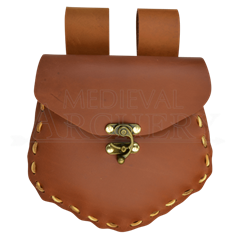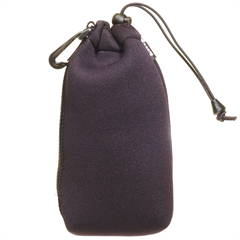Pouches for health and wellness first aid essentials are essential for ensuring that you have necessary medical supplies readily available in case of injuries or emergencies. Here’s how you can organize and use pouches for first aid:
- First Aid Kit Pouch:
- Create a compact first aid kit pouch that contains essential medical supplies such as adhesive bandages, sterile gauze, antiseptic wipes, tweezers, scissors, and adhesive tape. Ensure that the pouch is made of durable and water-resistant material to protect the contents.
- Medication Organizer Pouch:
- If you or someone in your household requires regular medications, use a pouch to organize and store prescriptions, over-the-counter medicines, and any necessary medical devices such as inhalers or EpiPens.
- Emergency Information Pouch:
- Keep a pouch containing important medical information, such as allergies, medical conditions, and emergency contact numbers. Include a small notebook or printed cards for quick reference.
- Burn Kit Pouch:
- Create a specialized pouch for burn care with supplies like burn dressings, burn gel, and a cold pack. Make sure the pouch is labeled for easy identification in emergencies.
- CPR Mask Pouch:
- If you’re trained in CPR, carry a CPR mask in a compact pouch for easy access. Ensure that the pouch is labeled clearly.
- Trauma Kit Pouch:
- For outdoor enthusiasts or those in remote areas, consider a trauma kit pouch containing supplies like tourniquets, trauma shears, hemostatic agents, and wound dressings.
- Personal Protection Pouch:
- In situations where you may need personal protective equipment (PPE), such as gloves, masks, or face shields, keep them in a dedicated pouch to maintain hygiene and safety.
- Eye and Ear Care Pouch:
- Create a pouch with supplies for eye and ear care, including eyewash, saline solution, and earplugs.
- Orthopedic Injury Pouch:
- For sports enthusiasts or those at risk of orthopedic injuries, organize items like elastic bandages, instant cold packs, and joint supports in a specialized pouch.
- Bites and Stings Pouch:
- Keep supplies for insect bites and stings, such as antihistamines, calamine lotion, and tweezers, in a separate pouch.
- Respiratory Care Pouch:
- If someone in your household has respiratory issues, maintain a pouch with supplies like a peak flow meter, inhalers, nebulizer masks, and spacer devices.
- Hiking or Camping First Aid Pouch:
- When going on outdoor adventures, have a compact first aid pouch designed for the specific challenges of hiking or camping. Include items like blister treatment, insect repellent, and poison ivy/oak treatment.
- Child-Friendly First Aid Pouch:
- If you have children, create a kid-friendly first aid pouch with colorful bandages, child-safe thermometers, and age-appropriate medications.
- Pet First Aid Pouch:
- Don’t forget about your furry friends. Prepare a pet first aid pouch with items like pet-friendly bandages, antiseptic wipes, and tweezers for removing ticks.
When creating these pouches, make sure to regularly check and replenish supplies as they expire or get used. Store the pouches in easily accessible and well-marked locations, such as in your home, car, or backpack, to ensure you can quickly respond to health and wellness needs in various situations.




















